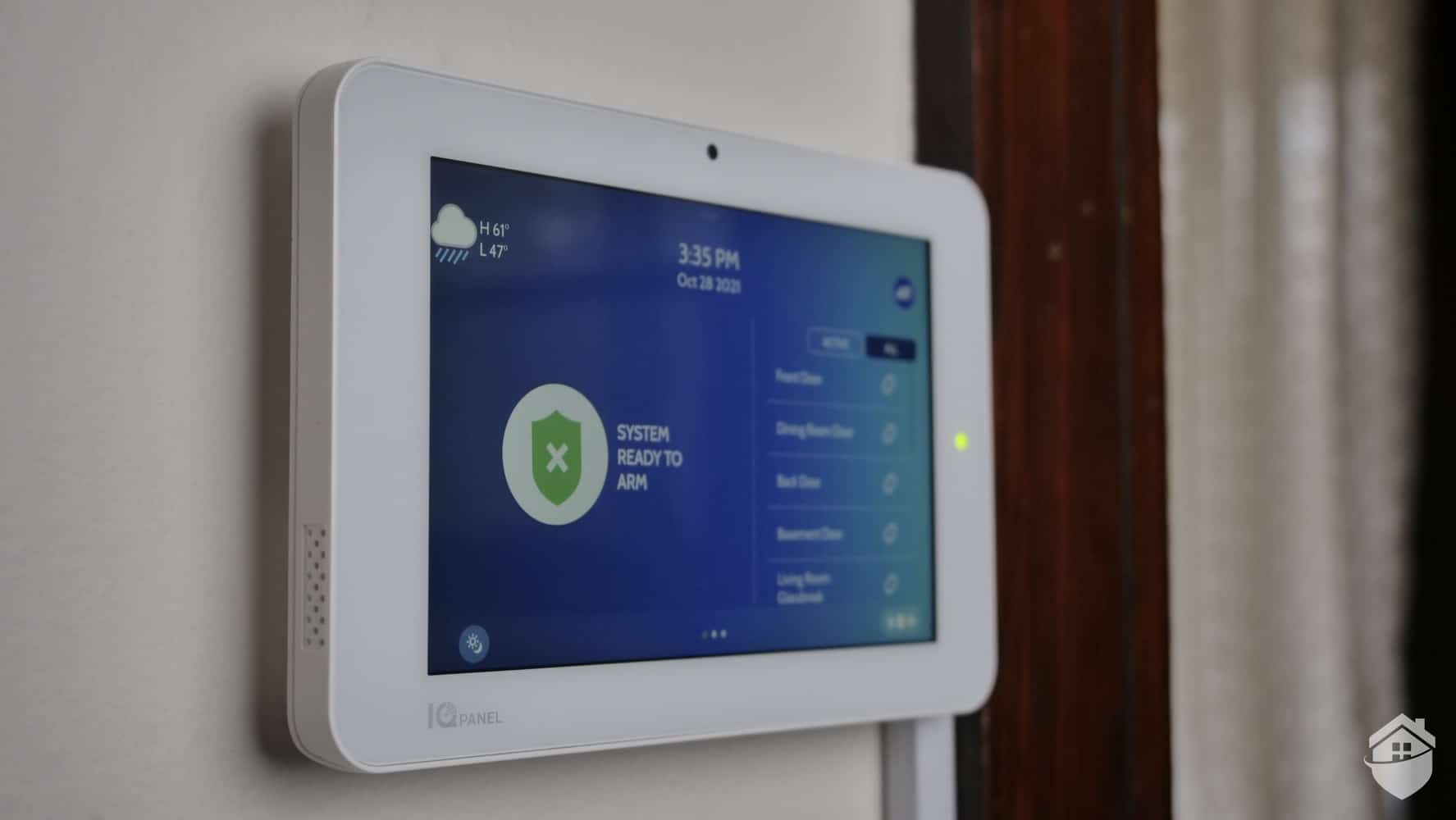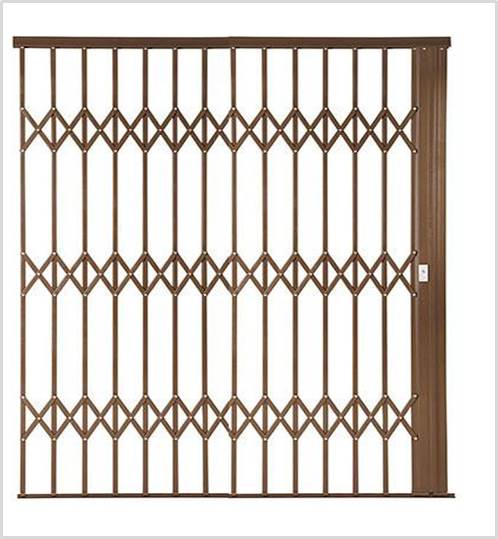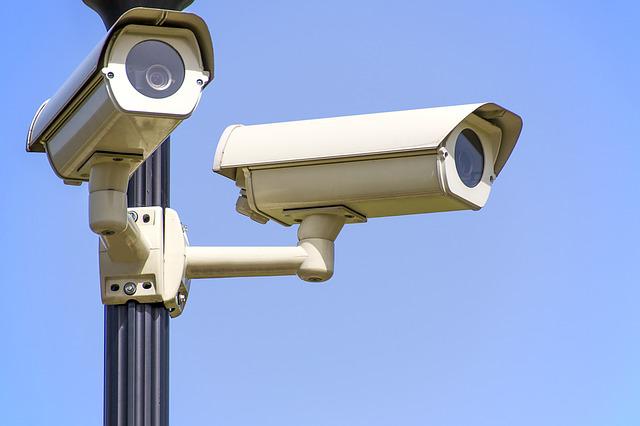
There are many factors that you should consider when choosing a security system for your home. Cameras, motion detectors, sensors are the three most critical components of a home security system. The monitoring subscription is another element to be considered. These features should be part of a security package. These components are essential for providing the security that you want.
Sensors
The recent COVID-19 disruptions in various manufacturing sectors have delayed the launch of new products and the impact on the global sensor market are expected to help the market recover. MEMs-based, smaller and more efficient sensors have seen an increase in demand. These sensors are also well-suited for the consumer electronics business. IoT will further expand the applications for sensors.
You can segment the global sensor market based upon its application. This includes automotive, IT&T, industrial, electronics and defense. Of these, the healthcare segment holds the largest share of the market and is expected to grow faster than other segments, driven by high safety standards.

Motion detectors
A common feature of home security systems is motion detectors. These devices detect motion and can indicate it by a small LED light. These devices can often connect to a smart security system, allowing them to send out remote alerts. You can even schedule motion alerts using an app for your mobile device.
For the most effective performance, motion detectors need to be properly placed. Place them in areas that produce the least false alarms. The majority of motion detectors have detailed instructions that will help you determine where they should be placed. In order to be effective, motion detectors should only be placed in areas with low foot traffic. A burglar will try to enter a house by breaking into it through the back door.
Cameras
There are many kinds of home security camera on the market. Although some cameras are more well-known than others, they all have their own unique features. Nanny cameras, such as the one above, are becoming increasingly popular. They include a fixed-lens lens, memory card support, alarm trigger, and a fixed focal length. The camera is also capable of recording sounds, which is a plus for those of us with small children.
Security cameras have the ability to notify homeowners of suspicious activity, which is one of their greatest advantages. A security camera can help prevent break-ins because it can stream video to a smartphone app, alerting homeowners to the intrusion. Another benefit is the ability to monitor outside activity, making a house more secure. A porch camera, for example, can make the neighborhood safer.

Monitor subscription
For a monthly fee, some home security systems allow you to subscribe to a monitoring service. You don't need to subscribe, but these subscriptions may be worth your consideration if there are false alarms. These services will send out police officers to your location and notify emergency services in case of an emergency. The monitoring subscription will also reduce false alarms.
You can choose between a monitoring subscription for a monthly or annual fee. Monitoring subscriptions can be more costly than standalone devices. You can even monitor your home remotely from your mobile device with some systems, which is useful if you are on vacation.
FAQ
What security system should I choose?
The best security system to install depends on how much you value your home and belongings. A basic alarm system is a good option, but it doesn't provide enough protection. Or you can get a more advanced one which offers better features like remote monitoring, video surveillance, and access control.
Which home security system has the most features?
Ring Video Doorbell Pro features the most of any home security system we reviewed. It allows you to see who's at your front door, speak with them on your phone and record videos. It also includes a free cloud storage to store any recordings.
Which Home Security Systems Cannot be hacked?
The answer to this question depends on how you define hacking. Hacking refers to the unauthorized access of computer systems, networks, or data. Most home security systems cannot be hacked because they do not contain software that allows someone else to control them remotely. They do not allow anyone to enter your property without your consent.
But, it is possible to hack some home security system if they are connected online. These types of systems usually require a password to operate, which means that someone can hack them if he knows the correct password.
Can ADT ever be hacked
ADT security is the oldest home alarm system available. ADT Home Security System is considered by many to be the best option. They trust its reputation as a reliable company committed to protecting their homes from fires and burglary.
However, hackers can infiltrate even the most trusted organizations and steal sensitive data. Hackers are able to infiltrate networks at any moment and steal sensitive information. Hackers can gain access to all data on your network and the ability to modify important settings. Hackers can change passwords and delete files. It is important that you understand that hackers can see things, but not try to gain access to your house. Make sure you have the right information to help protect your system.
Statistics
- Depending on your insurance, 24/7 professional monitoring may qualify you for as much as 15% off your premium. (safewise.com)
- Most home security companies will charge you around 75% of the remaining term of your contract if you cancel early—and some require 100%.Related questionsWhat type of contract length can I expect from security providers?Home security system cancellation (safewise.com)
- (In my experience, the discount on my home insurance covered about 25 percent of the subscription of an average plan, but your mileage may vary depending on your location and the size of your home.) (theverge.com)
- Related questionsHome security systems that are 100% DIY (safewise.com)
External Links
How To
How to Install Outdoor Motion Lights
How to install outdoor motion lights
The first step to installing outdoor lighting is selecting the right light fixture type. Next, you need to decide where your lighting fixtures should be placed. The next step is to wire the system. The final step is to mount the fixtures.
Outdoor motion lights are used as lighting for walkways, driveways. patios. steps. stairways. decks. porches. gardens. fountains. ponds. water features. trees. shrubs. flowers. bushes. lawns. You can choose from many different styles, sizes, and color options. There are many types of floodlights: spotlights; pendants; downlights; track lights; recessed lights; wall sconces; chandeliers.
There are three types available: hardwired, battery-powered, or wireless motion lights. Hardwired systems are wires that run directly from the power source to the fixtures. Wireless systems transmit signals by using radio waves. For the operation of the fixtures, battery-powered systems use batteries.
Most hardwired systems can be installed by electricians. It is important to ensure that an electrician who will be doing this work knows how to wire outdoor lights. Otherwise, you should consider hiring someone who specializes in installing these kinds of systems.
It's often much easier to install wireless systems than hardwired. Wireless systems don't require you to run wires through ceilings or walls. It is important to determine the best wireless technology for you before you buy a wireless solution. There are two main types of wireless technologies: infrared (IR) and radio frequency (RF). IR systems require line sight between the receiver and transmitter. Because they bounce off objects like walls and furniture, RF systems permit some obstruction.
Before you can buy a wireless system, make sure you know which controller you will use. Most outdoor motion lamps come with built in controllers. You can choose to use either a wired or handheld remote to control your outdoor motion lights. Wired remotes can be attached to fixtures by cables. Handheld remotes look like flashlights and are operated by pressing buttons on their bodies.
Battery-powered systems are easy to install. You just need to plug them in to an electrical outlet. Most models have sensors that detect movement and prevent the lights turning on if they aren't moving. The lights will turn on automatically if there's any movement near the sensor.
Many outdoor motion lights have timers. These can be used to reduce energy consumption by switching lights on/off at night. Timers generally range from 10 minutes to 24 hours.
You may feel tempted to spend more on higher-quality outdoor motion lights. But unless you really need a specific feature, it's not worth spending extra money. A simple LED spotlight will do just fine. It is very inexpensive and provides plenty of illumination.
The Best Home Security System. The home security market has experienced a significant growth over the past few decades. This growth has been fueled by technological advancements and increased public awareness regarding crime prevention. Today, homeowners have many options for selecting a home security system.